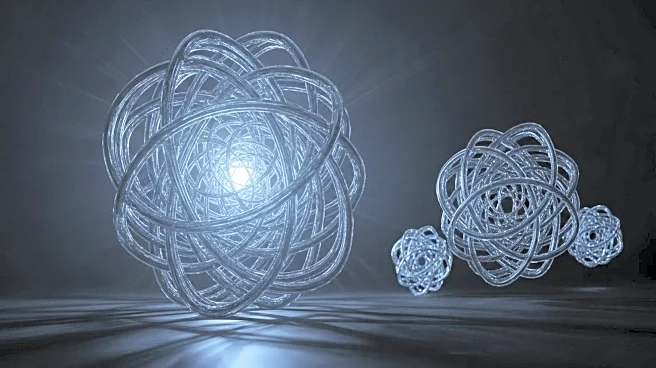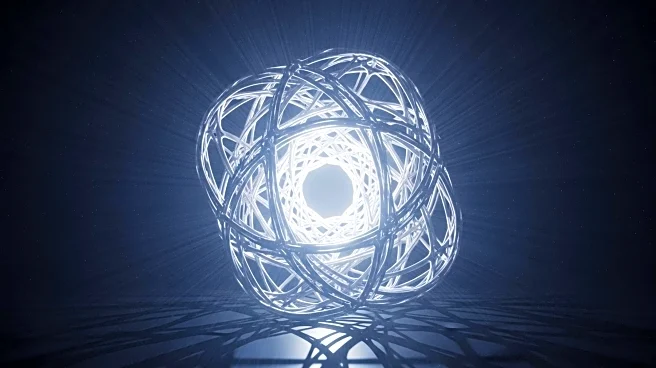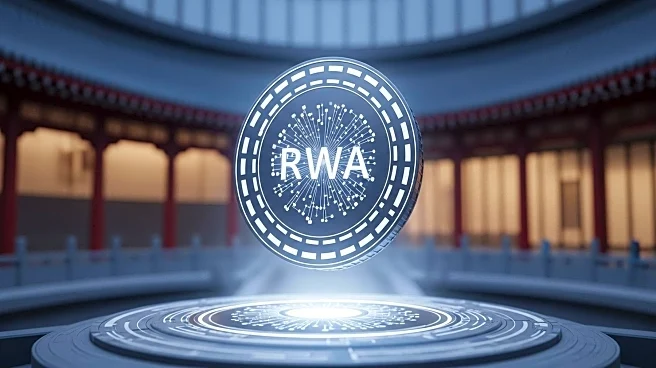What's Happening?
An international research team from Singapore and Japan has unveiled a method to create spacetime crystals using hopfions, which are complex, knot-like light structures. These hopfions are arranged into repeatable patterns that extend across both space and time, potentially revolutionizing data storage and communications. The team uses structured beams at two different colors to build and control hopfion lattices, allowing for dense and robust information processing in photonics. The hopfions are three-dimensional topological textures with internal spin patterns that form closed loops. The researchers have demonstrated how to assemble these into ordered arrays that repeat periodically, similar to atomic structures in crystals, but with the added dimension of time.
Why It's Important?
The development of spacetime hopfion crystals could significantly impact the fields of data storage, communications, and photonic processing. By extending the toolkit of topological textures like skyrmions, these crystals offer potential for high-dimensional encoding schemes and resilient communications. This advancement opens new possibilities for atom trapping strategies and novel light-matter interactions, enhancing the capabilities of optical, terahertz, and microwave domains. The ability to create robust topological information processing systems could lead to more efficient and error-resistant technologies, benefiting industries reliant on dense data storage and signal routing.
What's Next?
The research outlines a path to creating true three-dimensional hopfion crystals using arrays of tiny emitters with tailored phase and polarization. This approach could lead to practical applications in photonics, such as improved data storage and communication systems. The team plans to explore further integration of these structures into existing technologies, potentially leading to new devices and systems that leverage the unique properties of spacetime crystals.
Beyond the Headlines
The creation of spacetime hopfion crystals represents a significant shift in how light can be manipulated for technological applications. This development may lead to ethical and legal considerations regarding data privacy and security, as the ability to store and process information more densely could impact how data is managed and protected. Additionally, the cultural implications of such advanced technologies could influence how societies interact with digital information and communication systems.












